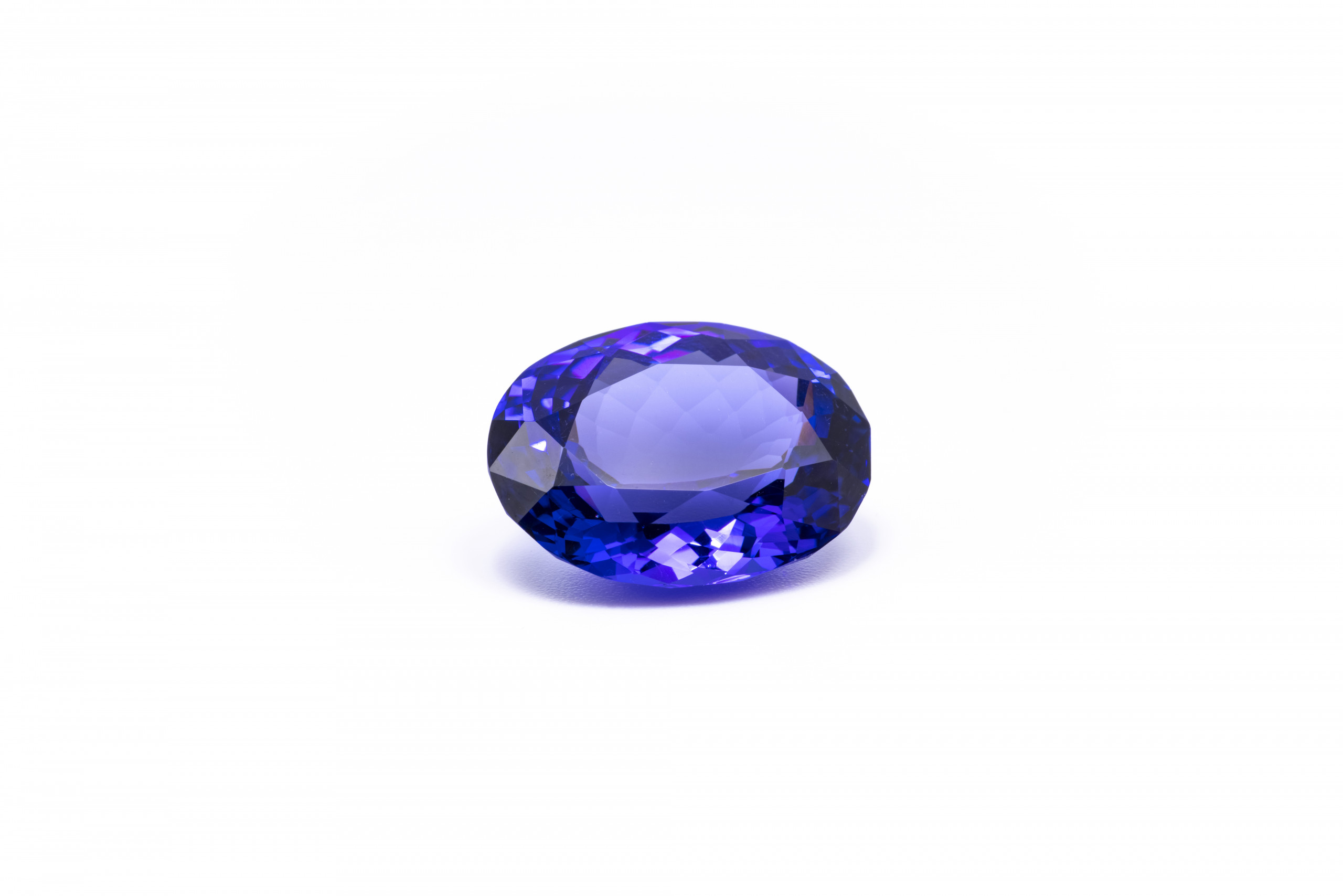Knowledge
13.09.2021 Birthstones
Assigning a gemstone to each month of the year is a tradition that originated in Poland, where between the 16th and 18th century people began to list so-called birthstones and wear the stone of their own birth month as a piece of jewelry or carry it with them as a talisman. Earlier roots of this tradition can also be found in the practice of assigning certain gemstones to specific zodiac signs.
A modern list of birthstones dates from 1912 and was developed by the “National Association of Jewelers” in the USA. Unlike the earlier lists, only transparent stones are included in this modern one. This is probably related to the fact that it became popular for mothers to have rings made with their children’s birthstones – a piece of jewelry with only transparent gemstones is more in keeping with classical ideas of beauty.
New stones or alternatives to the well-known stones are constantly being added to the birthstone overviews, such as tanzanite and zircon as alternatives to blue topaz in December. Since gemstones can also have different colors – sapphires, for example, come in shades of blue, yellow, green and pink – most buyers today freely choose from the lists what suits their preferences. The special powers or effects attributed to stones are usually in the background for gemstone lovers today, but it is good to know about the meanings and associations over time.
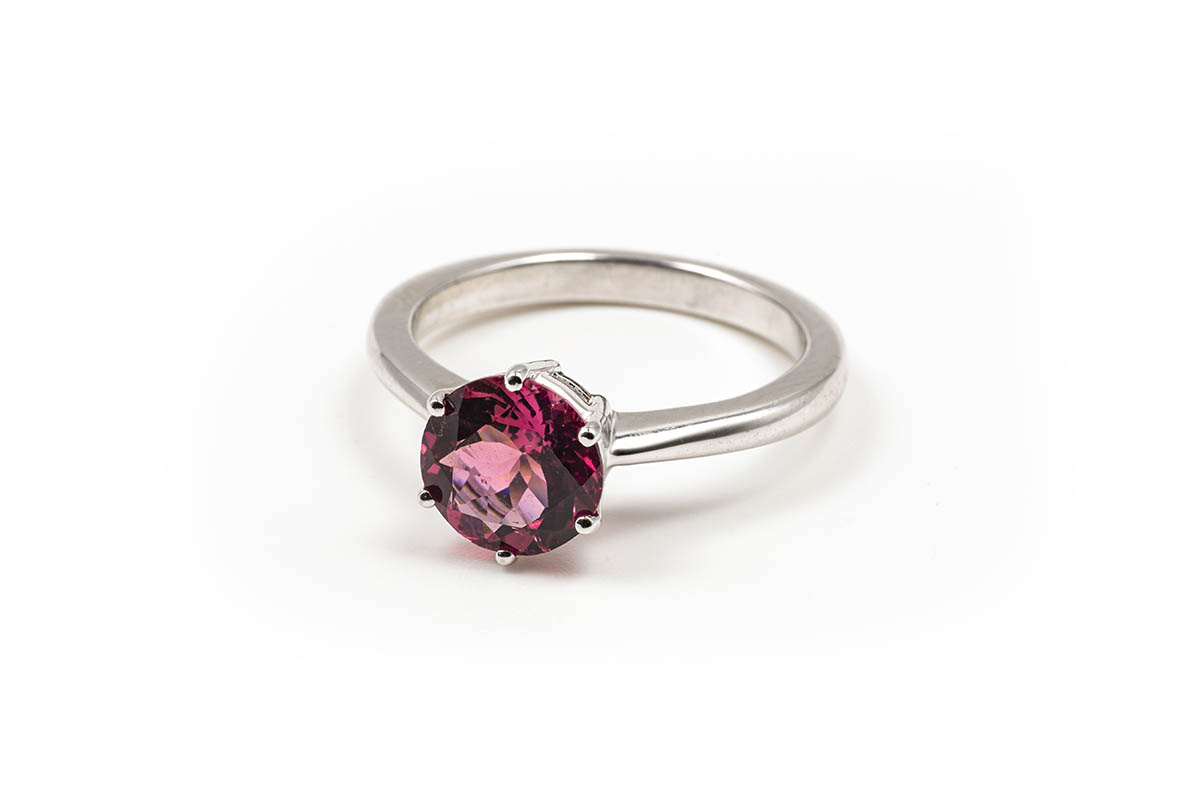
Overview – which birthstones are assigned to which month?
Die heutzutage am häufigsten genannten Geburts- bzw. Monatssteine in Anlehnung an die „Jewelers of America“ sind:
| Monat | Edelstein |
|---|---|
| January | Garnet |
| February | Amethyst |
| March | Aquamarine, Heliotrope |
| April | Diamond |
| May | Emerald |
| June | Alexandrite, Moonstone, Pearl |
| July | Ruby |
| August | Peridot, Sardonyx |
| September | Sapphire |
| October | Tourmaline, Opal |
| November | Citrine, yellow Topaz, |
| December | Tanzanite, Zircon, blue Topaz |
Other gemstones or alternatives to the well-known stones are constantly being added to the birthstone charts, such as tanzanite and zircon as alternatives to blue topaz in December. Since some gemstones can also have different colors – sapphires, for example, come in shades of blue, yellow, green and pink – most buyers today freely choose what suits their preferences.

January: Garnet
Garnet is the name for a group of gemstones comprised of different minerals – there are more than 30 different types of garnets known worldwide. Garnet is most commonly found in red, though there are also purple, green, yellow and orange garnets. The fact that garnet is mainly associated with the color red in Europe is related to the rich deposits of Bohemian garnets, which were particularly popular in the 19th century. Garnet is very suitable for jewelry making, where it is always used untreated, i.e. the color remains the same as when it was found. Because of its color, garnet is associated with blood, it represents joy, vitality and energy. It is also said to strengthen trust and friendship in the wearer.
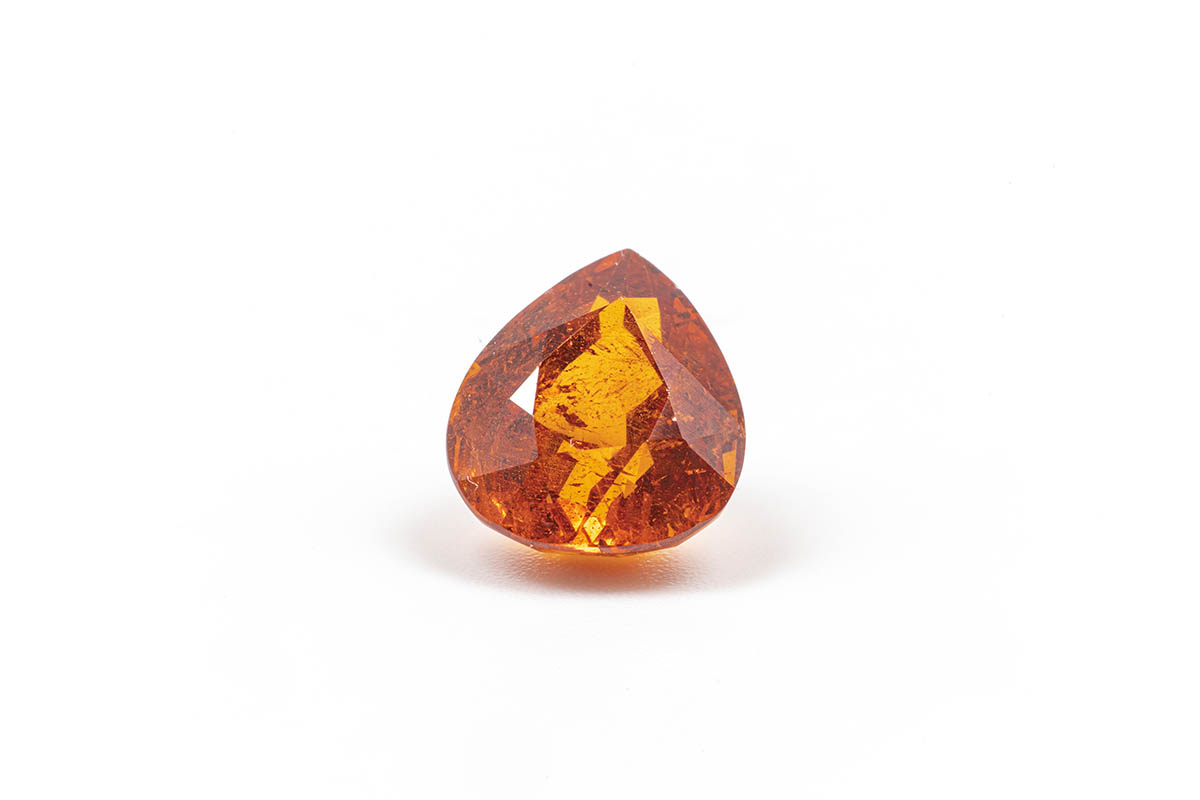
February: Amethyst
Amethyst belongs to the quartz family, and its color range extends from a faint shade of purple to a dark, reddish violet. Darker, stronger colored stones fetch higher prices. The largest deposits of amethysts are located in Brazil, but there are also important sites in Zambia, Madagascar and Uruguay. The color violet or purple is traditionally associated with nobility and the ruling class, and it is also an important festive color in the Catholic Church. In ancient Greece, amethysts have been credited with protecting against drunkenness (the name also literally means “counteracting intoxication”). This is probably due to the fact that the color resembles diluted wine. Amethysts are said to bring clarity and inner peace to their wearers, as well as help them to successfully resolve conflicts.
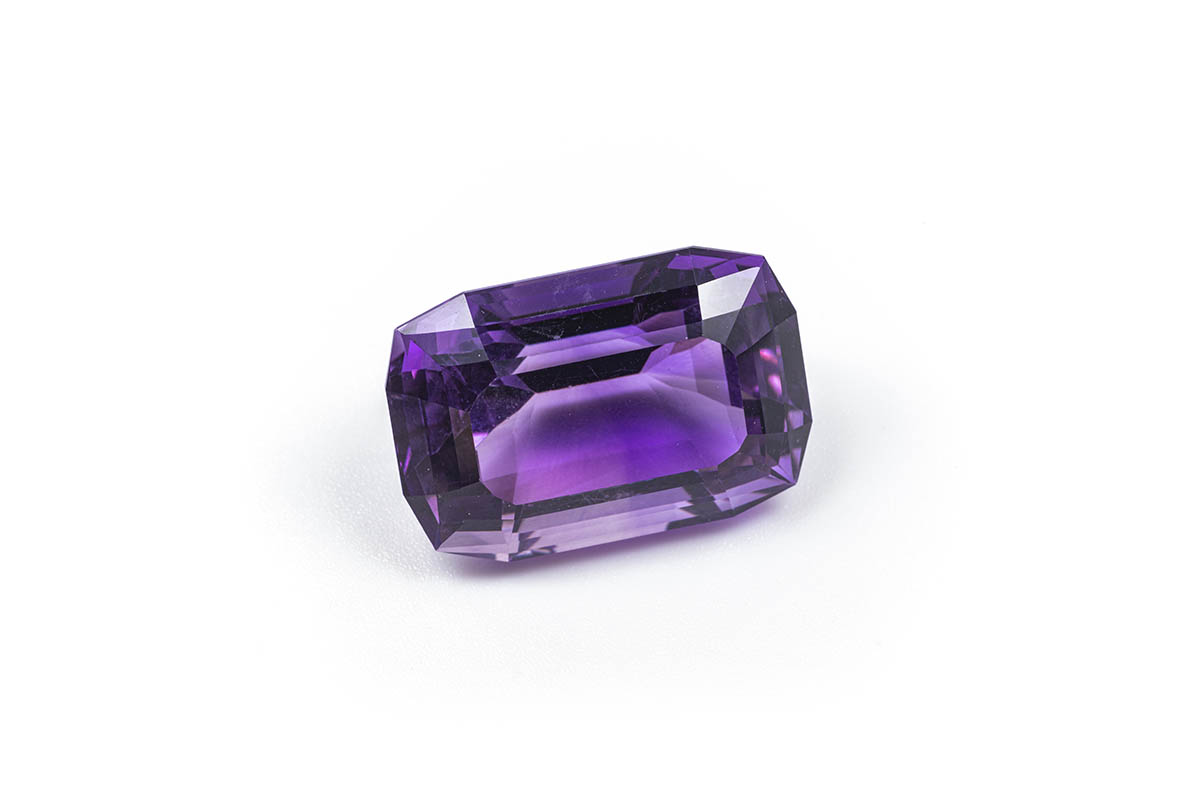
March: Aquamarine, Heliotrope
The name aquamarine literally means “sea water” in Latin and describes the color of the gemstone. Aquamarines are beryls and occur in light blue to green-blue. In his “Historia Naturalis”, the Latin historian Pliny the Elder suggests that aquamarines are the treasure of mermaids. Since time immemorial, they have been prized as precious stones by seafarers, to make the sea or the sea gods more lenient. In the Middle Ages, aquamarine was a symbol of chastity, and other well-known attributions include strengthening eyesight and protecting against deceit and dishonesty.
In traditional listings, heliotrope represented March. It is a bluish-green chalcedony with reddish-orange sprinkles. These sprinkles were associated with the blood drops of Christ in the Middle Ages.
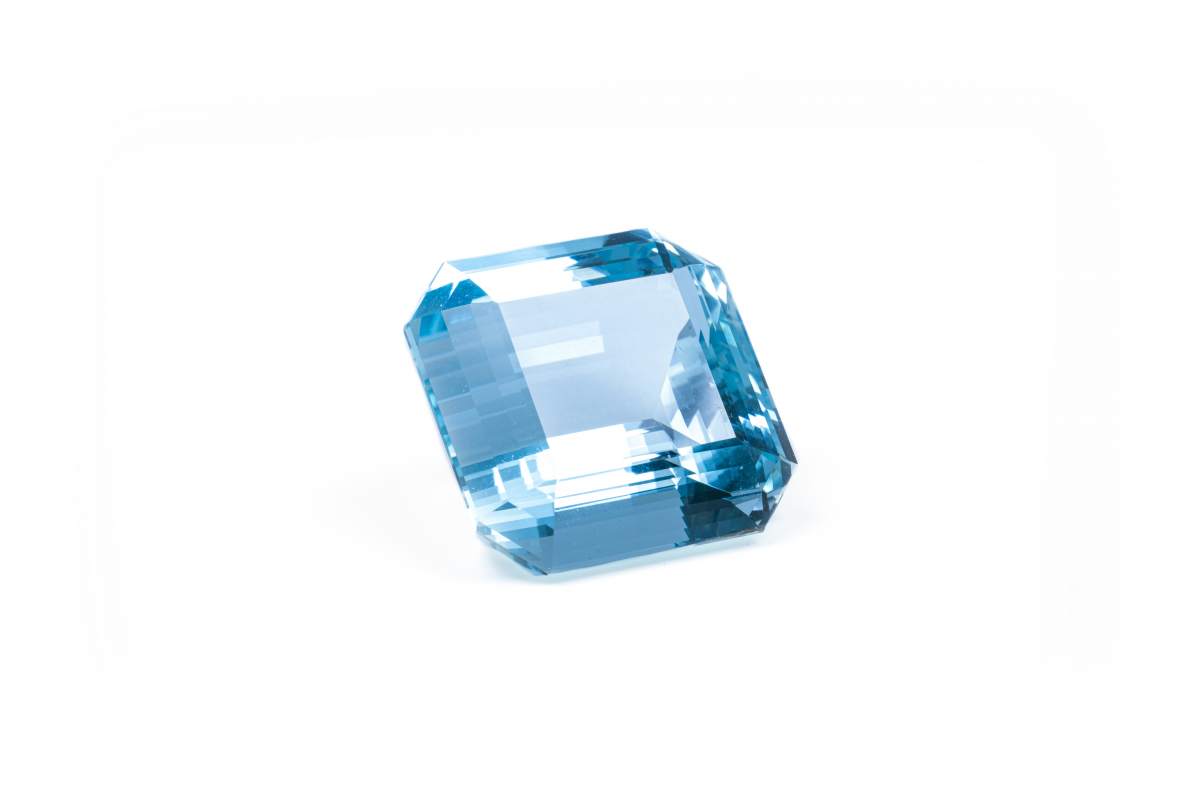
April: Diamond
The diamond is one of the most popular gemstones of all, combining classic beauty and status symbol. It is always a popular choice for engagement and wedding rings. The best-known diamonds are colorless or white ones, but there are also much rarer colored diamonds called “fancy diamonds”. The diamond is considered a symbol of eternal love and is said to help develop strength and prosperity.
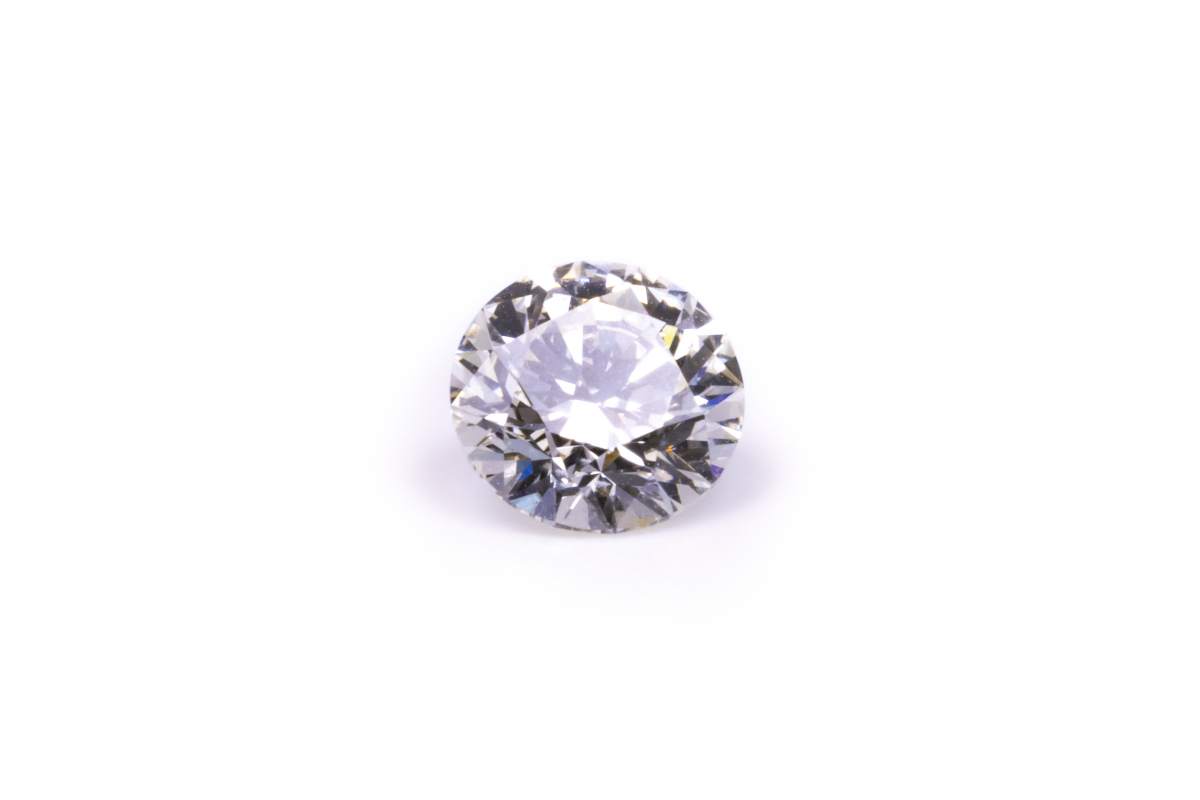
Mai: Emerald
Emeralds are beryls and deep green stones are the most sought after. Some emeralds also show blue undertones. They often show inclusions, which means that stones with few and small inclusions already fetch very good prices. Based on the type of inclusions, the place of origin can also be determined to some extent. Since the emerald is valued as a gemstone since ancient times, there are many different attributions: It supports the intelligence and foresight of the wearer, provides fertility and health, and is also a symbol of hope and harmony.
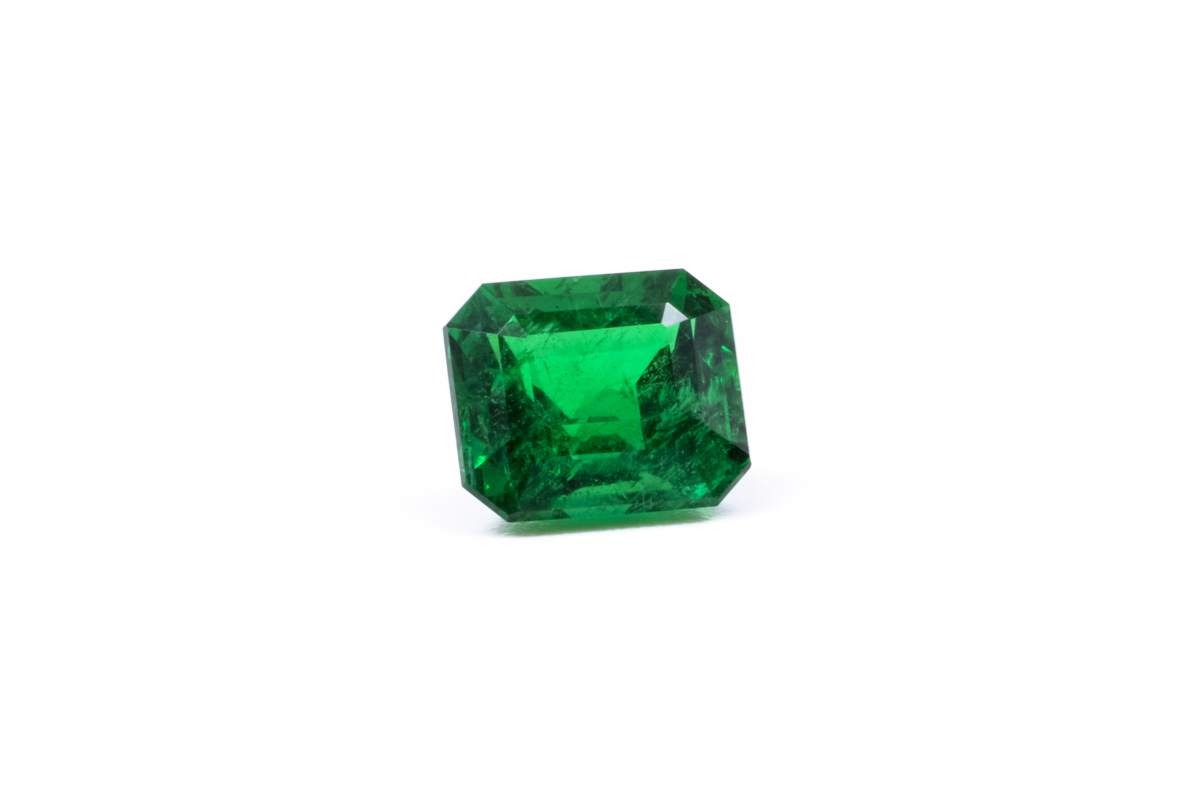
June: Alexandrite, Pearls, Moonstone
Alexandrite has been the birthstone for the month of June only since the National Association of Jewelers listed it in 1912. The gemstone was discovered in Russia in the 19th century and named after Tsar Alexander II. It belongs to the chrysoberyls and shows a color change: In daylight it appears green, in artificial light it appears violet-red. It is associated with heightened intuition.
Before the alexandrite, pearls stood for June – they are foreign bodies that grow in shells. Nowadays pearls are bred to obtain particularly regular and beautiful specimens.
In German-speaking countries, moonstone is also considered an alternative birthstone for June. It belongs to the feldspar family and owes its name to the adularescence, which creates an impression of shimmering moonlight.
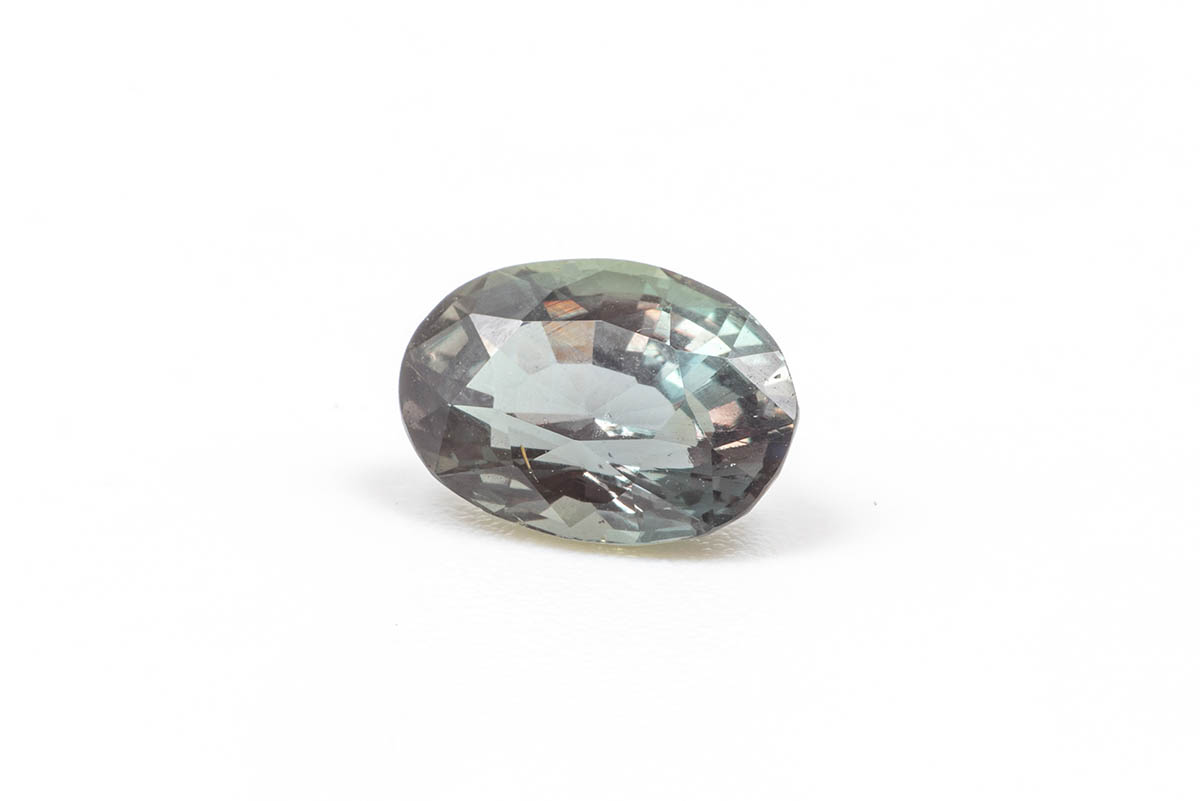
July: Ruby
Ruby belongs to the corundum family like sapphire. Only red corundums are called rubies, and the shade of red depends on whether chromium, iron or titanium is present in the gemstone. Rubies are traditionally very popular gemstones and are among the most expensive gemstones on the market in high quality. Rubies represent love and sexuality and they are said to strengthen the wearer’s strength and stamina. In addition, they should also help to cope with difficult situations.
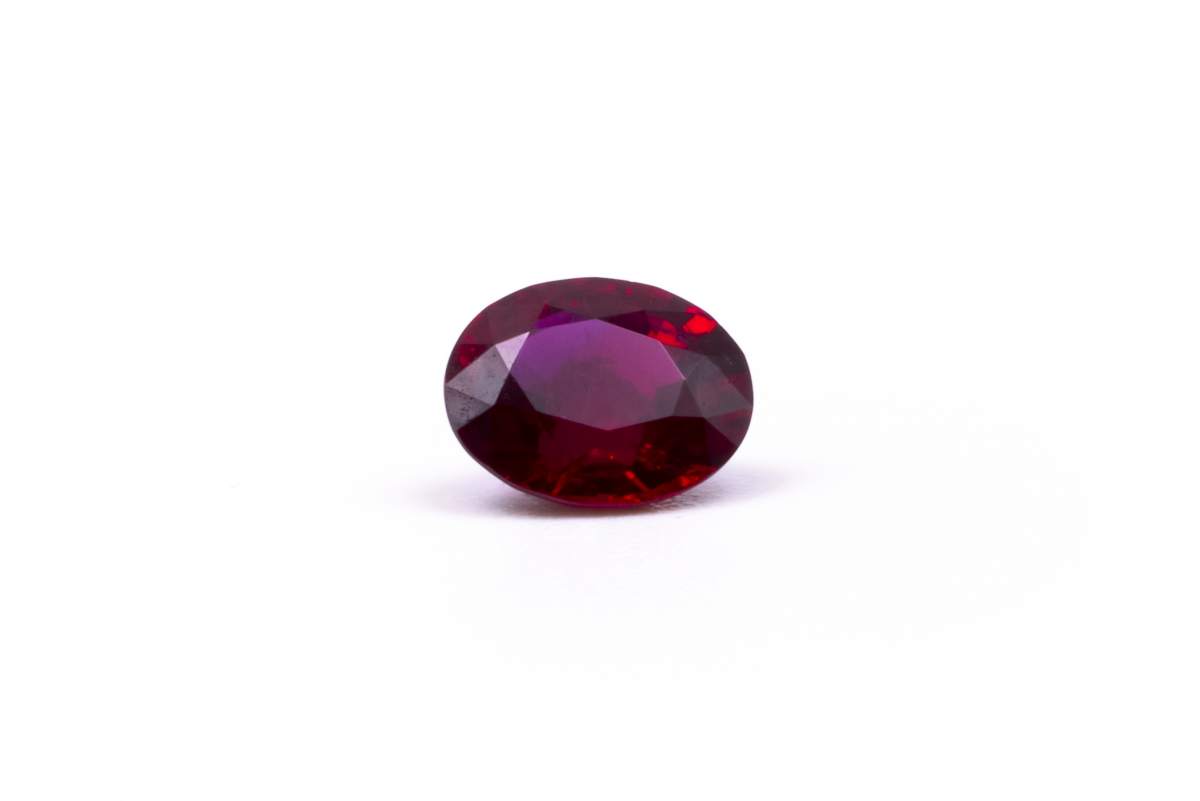
August: Peridot, Sardonyx
Peridot is also known as chrysolite or olivine and occurs in various shades of green. It is occasionally confused with emerald. However, unlike emerald, its green hue often has a yellow undertone as well. Spinel is sometimes listed as an alternative choice for a green gemstone as the birthstone for August. Peridot is said to protect its wearer against evil spirits or nightmares, especially at night.
In the traditional listing of birthstones, sardonyx represents August. It is a mixture of sardius and onyx. The brown gemstone was widely used as a healing and protective stone already in ancient times.
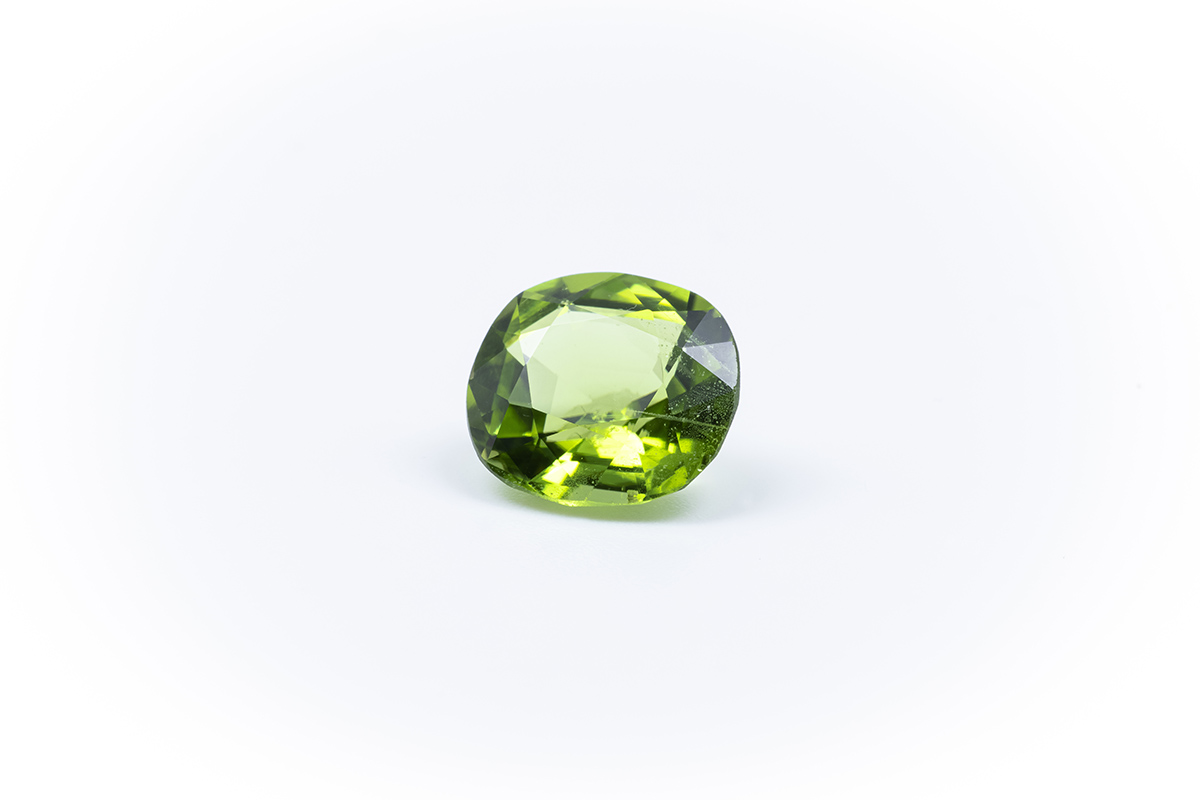
September: Sapphire
Sapphires, which belong to the corundum family, are known primarily as blue gemstones, but they occur in all colors of the rainbow except red – red corundums are called rubies. Sapphires can have a natural asterism, in which case they are a so-called star sapphires. There is a rich folklore around sapphires with various attributions. It is considered a protective stone against physical injuries as well as against envy and evil intentions. It also stands for wisdom, purity and faith.
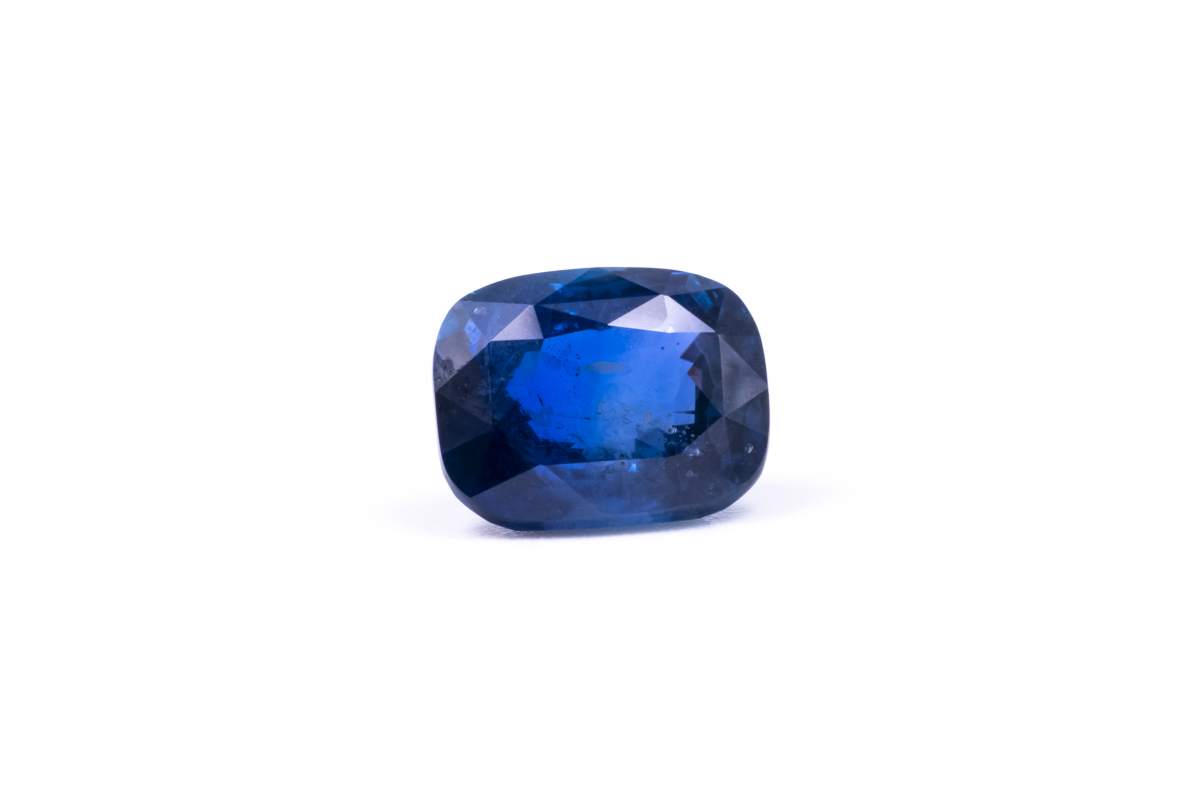
October: Opal, Tourmaline
Opals have a very unique appearance, their shimmering surface shines in several colors. The most famous sites are located in Australia and Mexico, with Mexican opals often referred to as fire opals due to their dominant red, yellow and orange colors. They were considered both auspicious and unlucky stones in earlier times. There was a widespread belief that they made their wearer invisible.
An alternative birthstone for October is the tourmaline. The name means “mixed gemstone” in Sinhala, because tourmalines exhibit strong dichroism, meaning that two different colors are visible from different angles.

November: Citrine, Yellow Topaz
Citrines, as the name implies, are yellow gemstones. Citrine is the yellowish to red-orange variety of quartz. They are often made by firing amethysts – at temperatures around 400 degrees Celsius, the purple hue changes to yellow. Citrines occur in warm shades of orange and yellow, with some showing hints of brown. Citrine is known as a light and sun stone, it promotes vitality and energy and is also said to protect against stress, headaches and stomachaches.
Alternatively, the yellow or golden topaz is considered the birthstone for November. It is said to protect physical and mental health and attract wealth.
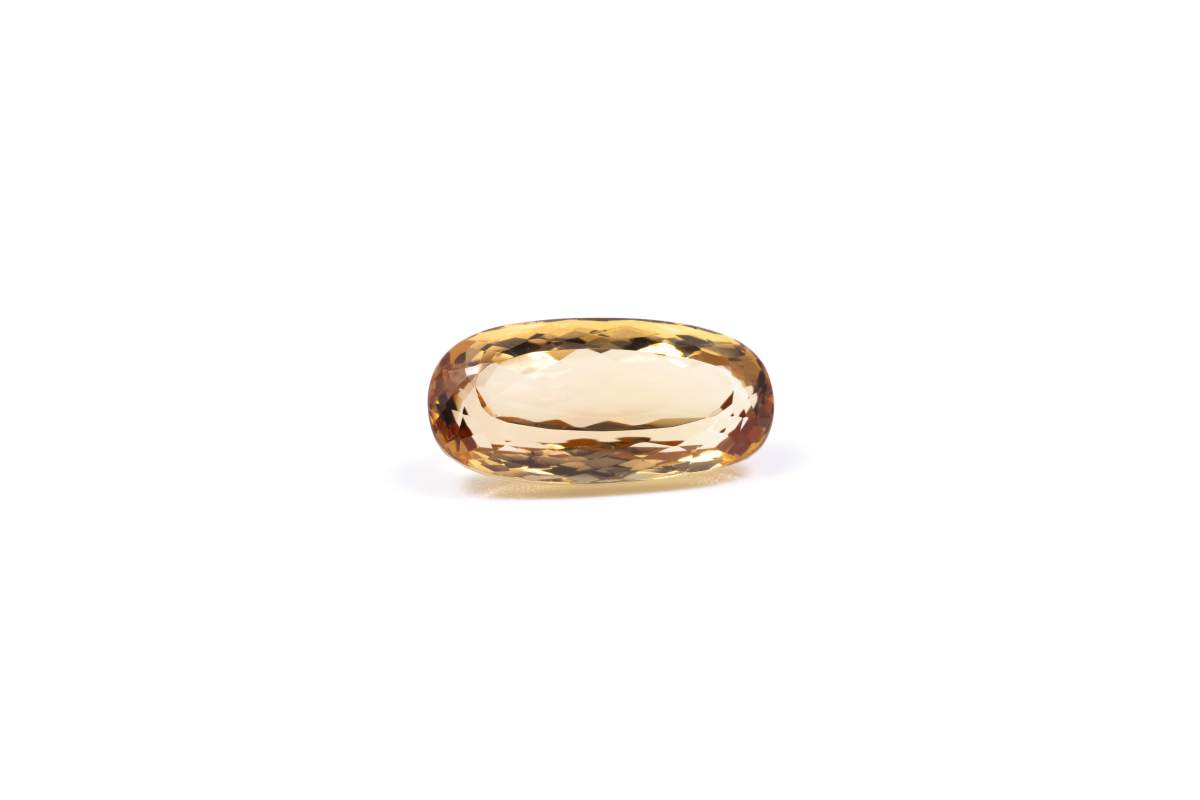
December: Blue Topaz, Tanzanite, Zircon
In the traditional listings, opaque stones like turquoise or lapis lazuli were assigned to December. In modern listings, blue topaz, tanzanite or zircon are found instead.
Blue topaz appears almost colorless or only faintly blue when found, only a two-step heating and irradiation process provides the typical light blue glowing coloration. Topaz is associated with wealth.
Zircon occurs in different colors, in its pure form it is colorless and transparent. However, colorless zircons are rare to find, due to foreign admixtures brown, yellow, green or even blue zircons are formed. Tanzanite was discovered in the late 1960s and is found only in a small region of Tanzania, a few square kilometers in size. It is the blue, exquisite gem variety of the mineral zoisite
